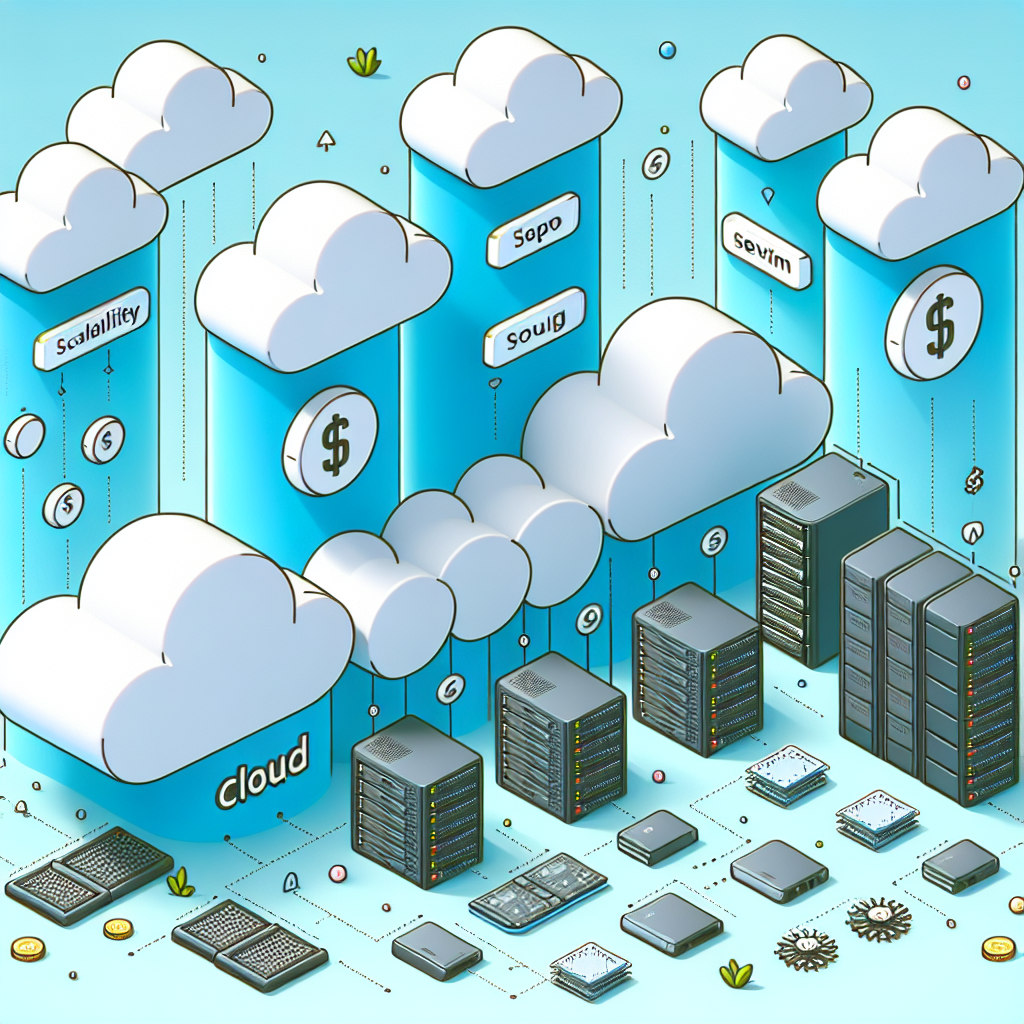In today’s increasingly digital world, data centers play a crucial role in storing and managing vast amounts of information for businesses of all sizes. However, managing data center facilities can be a costly endeavor, with expenses ranging from electricity and cooling costs to equipment maintenance and upgrades. To help mitigate these costs, it’s important for data center managers to implement cost-effective strategies for managing their facilities. Here are some key strategies to consider:
1. Energy Efficiency: One of the biggest expenses for data centers is electricity, as these facilities require significant power to run servers and cooling systems. Implementing energy-efficient practices, such as using virtualization to consolidate servers, optimizing airflow to reduce cooling needs, and investing in energy-efficient equipment, can help lower energy costs and reduce the carbon footprint of the data center.
2. Regular Maintenance: Preventive maintenance is essential for keeping data center equipment running smoothly and avoiding costly downtime. Regularly inspecting and servicing equipment, such as servers, cooling systems, and power supplies, can help identify and address potential issues before they escalate into more significant problems.
3. Virtualization: Virtualization technology allows data center managers to maximize the use of their server resources by creating virtual instances of servers on a single physical machine. This can help reduce the number of physical servers needed, leading to lower hardware and maintenance costs.
4. Outsourcing: For smaller businesses or those with limited resources, outsourcing data center management to a third-party provider can be a cost-effective solution. Outsourcing can help reduce the need for in-house staff and equipment, as well as provide access to specialized expertise and resources.
5. Monitoring and Analytics: Implementing a comprehensive monitoring and analytics system can help data center managers track performance metrics, identify inefficiencies, and optimize resource usage. By proactively monitoring and analyzing data center operations, managers can make informed decisions to improve efficiency and reduce costs.
6. Renewable Energy: Investing in renewable energy sources, such as solar or wind power, can help data centers reduce their reliance on traditional fossil fuels and lower energy costs over the long term. Many data centers are now exploring renewable energy options as a way to reduce their carbon footprint and operating expenses.
7. Scalability: Planning for future growth and scalability is essential for managing data center facilities cost-effectively. By implementing scalable infrastructure and flexible solutions, data center managers can easily accommodate changing business needs without incurring unnecessary expenses.
In conclusion, managing data center facilities cost-effectively requires a combination of energy-efficient practices, regular maintenance, virtualization, outsourcing, monitoring and analytics, renewable energy, and scalability. By implementing these strategies, data center managers can optimize operations, reduce costs, and ensure the long-term success of their facilities.











